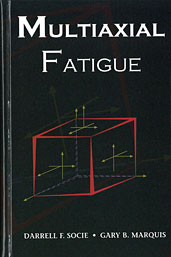Technical Paper
Research on Motor Control and Application in Dual Motor Hybrid System
2024-04-09
2024-01-2220
This paper analyzes the current control, mode control and boost strategy of permanent magnet synchronous motor in dual hybrid system, which has good stability and robustness. Current control includes current vector control, MTPA control, flux weakening control, PI current control and SVPWM control. Motor mode includes initialization mode, normal mode, fault mode, active discharge mode, power off mode, battery heating mode and boost mode. The boost strategy of the hybrid system is based on boost mode management, boost target voltage determination and boost PI control. The specific content is as follows: Boost mode control. Boost mode includes initial mode, normal mode, off mode and fault mode. Boost target voltage is determined. Boost converter is controlled by variable voltage, which depends on the operation status of the motor and generator..

